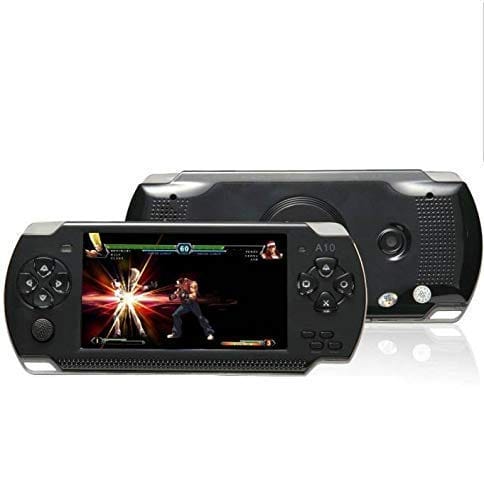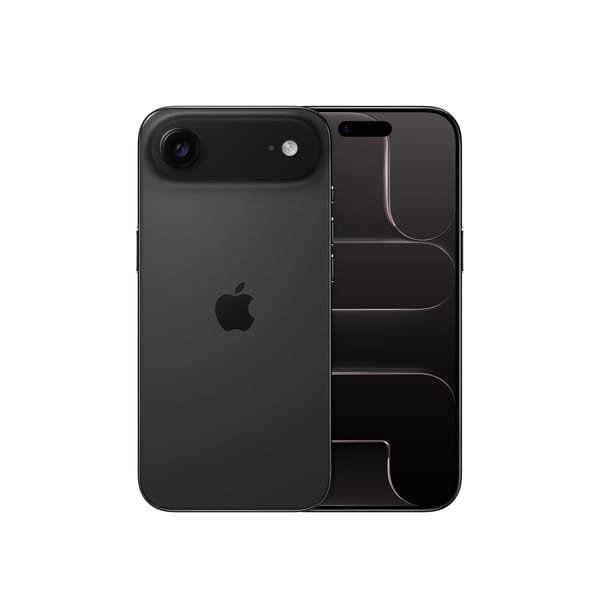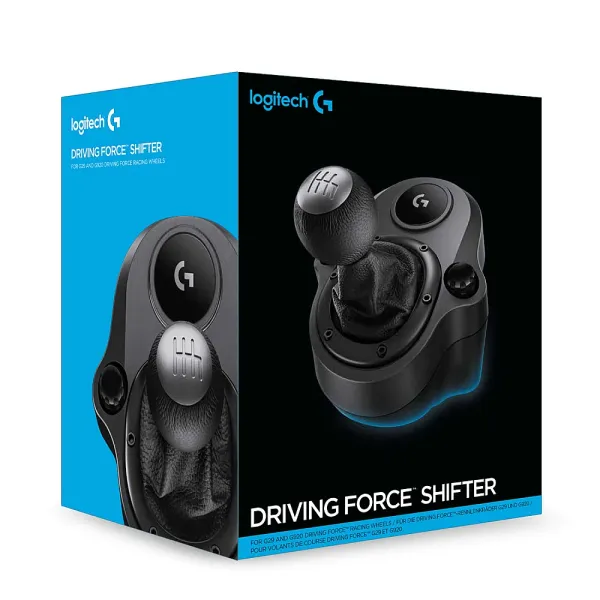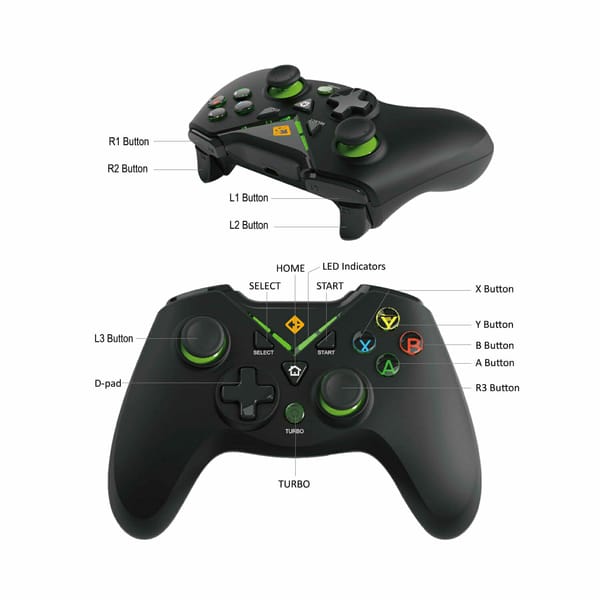Apple iPhone 13 Review: A Solid Balance of Power, Style, and Value
Read our in‑depth Apple iPhone 13 review covering design, display, performance, camera, and battery life. Discover why it’s still a smart buy in 2025.
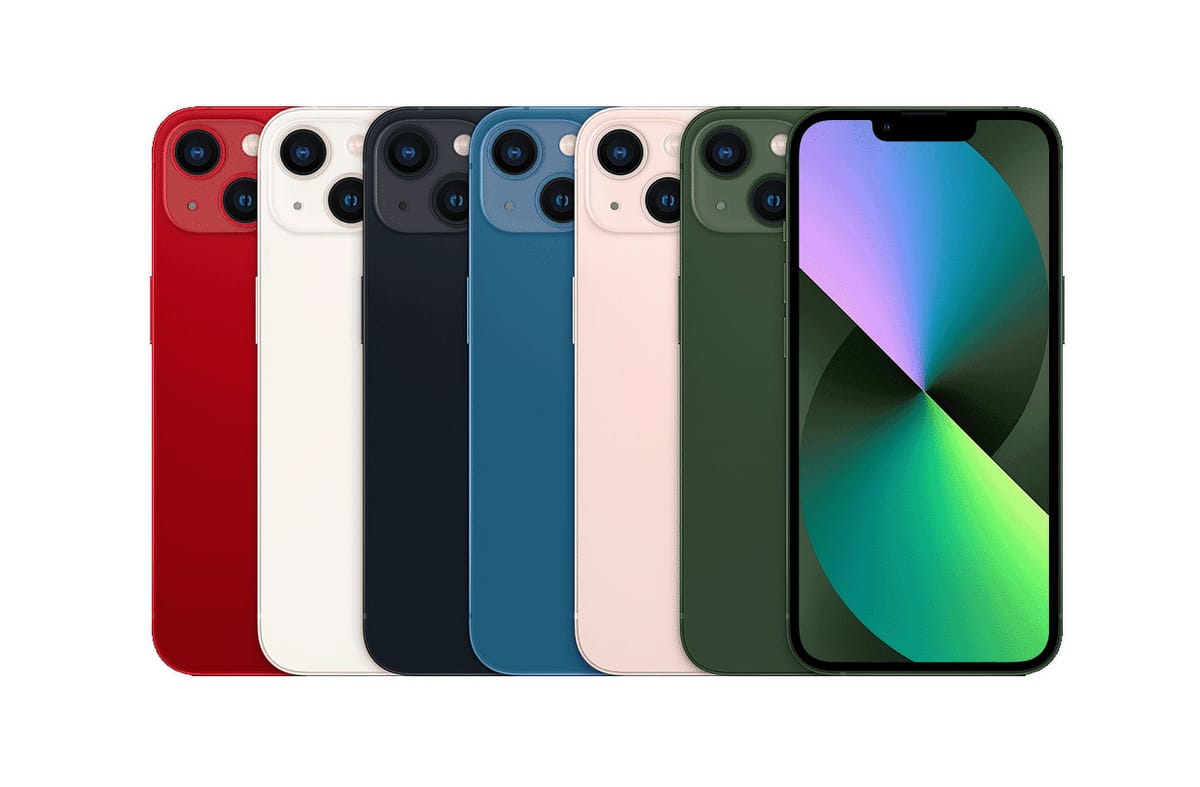
1. Introduction
The Apple iPhone 13, launched in September 2021, strikes a compelling balance between performance, design, and affordability within Apple’s smartphone lineup. Positioned as the successor to the iPhone 12, the iPhone 13 offers key improvements that appeal to a wide range of users, from casual users upgrading for the first time in years to Apple enthusiasts who want a dependable, high-quality device without opting for the Pro models. Combining Apple’s trademark user experience with notable enhancements in battery life and camera capabilities, the iPhone 13 continues to be a popular choice even years after its release. To understand how the iPhone 13 fits into Apple’s ecosystem and its ongoing relevance, explore Apple’s official page.
Apple iPhone 13 Key Features Table
| Feature | Specification |
|---|---|
| Display | 6.1-inch Super Retina XDR OLED, 2532 x 1170 pixels, HDR |
| Processor | A15 Bionic chip with 6-core CPU, 4-core GPU |
| Storage Options | 128GB, 256GB, 512GB |
| RAM | 4GB |
| Cameras (Rear) | Dual 12MP (Wide, Ultra-Wide), Sensor-shift OIS, Photographic Styles |
| Front Camera | 12MP TrueDepth, Night mode, 4K Dolby Vision HDR recording |
| Battery | Approx. 3,240mAh, up to 19 hours video playback |
| Operating System | iOS 15 (upgradable), Face ID |
| Connectivity | 5G, Wi-Fi 6, Bluetooth 5.0, Dual SIM (Nano + eSIM) |
| Durability | IP68 water & dust resistance, Ceramic Shield front |
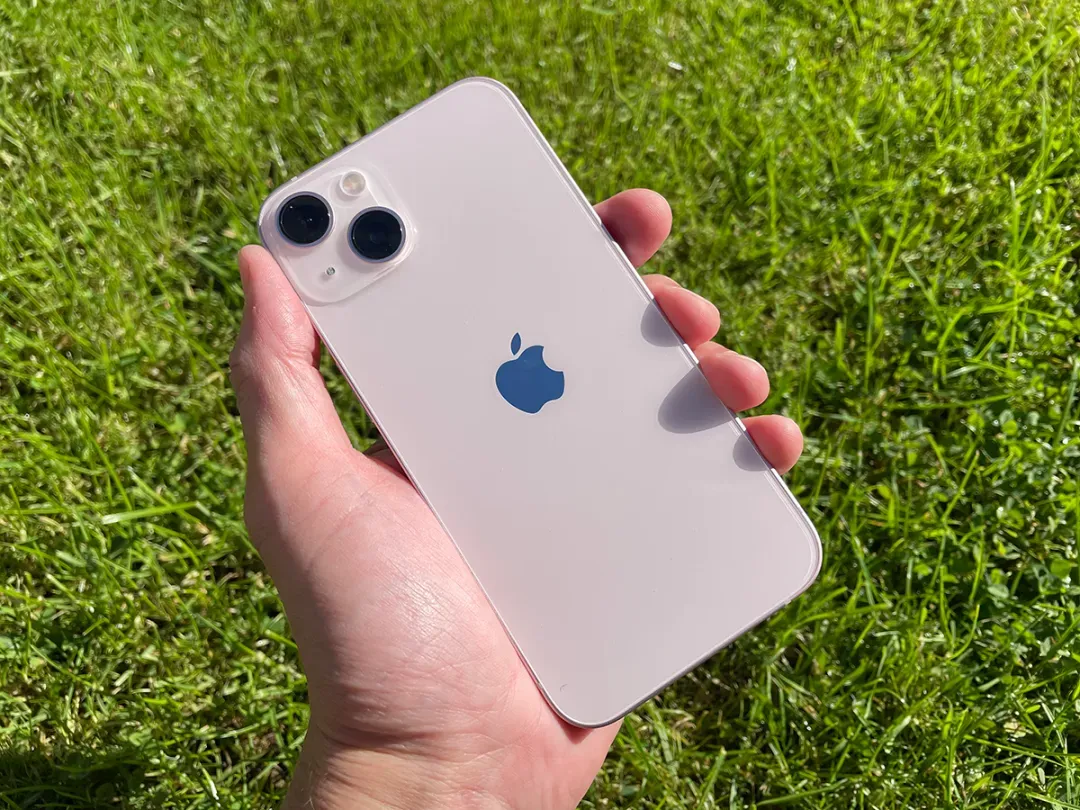
2. Design & Build Quality
The iPhone 13 retains much of the classic iPhone design DNA with a sleek aerospace-grade aluminum frame, ceramic shield front cover for enhanced durability, and a glass back with a refined finish. It measures 146.7 x 71.5 x 7.65mm and weighs about 174 grams, making it comfortable to hold and easy to pocket. Color options like Pink, Blue, Midnight, Starlight, and (PRODUCT)RED offer something for every style preference. Apple also improved the notch size, making it slightly smaller than previous models, which contributes to a more immersive screen experience. The device maintains an IP68 rating, granting water and dust resistance, so you don’t need to worry about everyday splashes or brief dips. For an expert overview on durability, visit Apple’s technical specs.
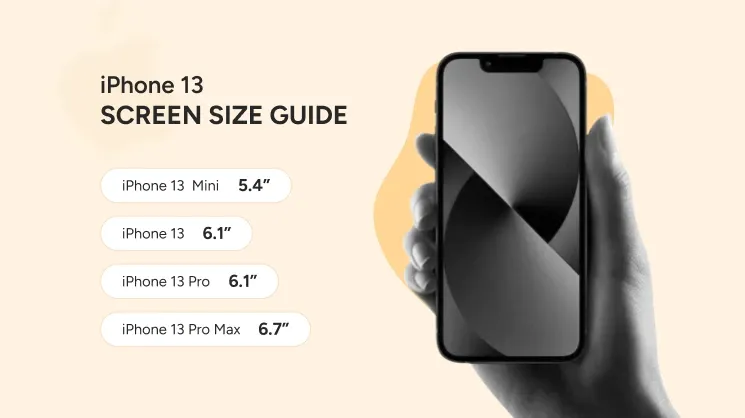
3. Display
The iPhone 13 features a vibrant 6.1-inch Super Retina XDR OLED display that delivers sharp, bright, and true-to-life colors, making it ideal for viewing photos, videos, and browsing the web. With a resolution of 2532 x 1170 pixels and HDR support, the screen is capable of displaying deep blacks and high contrast, enhancing visual richness and clarity. This display offers a peak brightness of 800 nits (typical) and up to 1200 nits for HDR content, ensuring excellent visibility even under bright outdoor conditions. The smaller notch compared to previous models provides a slightly larger usable screen area, contributing to immersive viewing experiences. While it lacks the 120Hz refresh rate found in the Pro models, the 60Hz screen remains fluid for everyday tasks and video playback. Check out Apple’s explanation on Super Retina XDR technology for more insights.
4. Performance
Under the hood, the iPhone 13 is powered by Apple’s powerful A15 Bionic chip, featuring a 6-core CPU and an efficient 4-core GPU. This chip balances remarkable performance with energy efficiency, enabling smooth app launches, quick multitasking, and excellent gaming capabilities. The 5nm process technology and optimized architecture mean the iPhone 13 outperforms many competitors in its class, providing reliable speed even for resource-intensive applications like video editing or augmented reality. With 4GB of RAM, the device handles daily tasks with ease, and iOS 15 ensures seamless integration and security updates. Storage options include 128GB, 256GB, and a generous 512GB for users who need ample space for apps and media. Users looking for longevity can rest assured as Apple typically supports devices for years, detailed in their iOS release notes.
5. Cameras
The dual-camera system on the iPhone 13 brings significant upgrades from its predecessor. The 12MP wide camera includes sensor-shift optical image stabilization (OIS), a feature previously reserved for Pro models, which reduces blur from hand shake and improves low-light performance. The ultra-wide lens offers a 120-degree field of view, ideal for landscapes and creative shots. Photographic Styles allow users to personalize the look of their photos, applying customized processing in real-time. Night mode is supported on all cameras, including the front TrueDepth camera, which now boasts advanced portrait capabilities and 4K Dolby Vision HDR video recording. This combination makes the iPhone 13 a versatile shooter perfect for both casual photography and higher-end creative projects. Find more photography features on Apple’s camera page.
6. Battery Life
The iPhone 13 improves battery life significantly compared to the iPhone 12, largely thanks to the power-efficient A15 chip and a physically larger battery. It houses roughly a 3,240mAh battery capable of up to 19 hours of video playback, meaning many users can go a full day or more on a single charge. Fast charging offers about 50% charge in 30 minutes with a 20W adapter, while Qi wireless and MagSafe compatibility provide flexible charging options. This battery stamina makes the iPhone 13 suitable for users with heavy screen time, commuting, or day-long work sessions without frequent recharges. For detailed information, visit Apple’s battery support page.
7. Connectivity & Other Features
The device supports wide-ranging connectivity options, including robust 5G for faster internet speeds, Wi-Fi 6 for efficient network use, and Bluetooth 5.0 for stable connections with peripherals. Dual SIM functionality with a physical nano SIM and embedded eSIM provides convenience for frequent travelers or individuals balancing work and personal lines. Face ID continues to be the secure, fast biometric option for unlocking and authentication. Additional sensors and safety features enhance the overall user experience, although the iPhone 13 lacks some advanced emergency features introduced in later models. Apple’s connectivity support page offers further details.
8. User Experience
iOS 15, running smoothly on the iPhone 13, offers a refined user interface with enhanced privacy, Focus mode for minimizing distractions, and SharePlay for media experiences with friends. Apple’s tight integration of hardware and software ensures intuitive touch responsiveness, reliable battery management, and smooth multitasking. Accessibility features like VoiceOver, Magnifier, and Sound Recognition continue to serve a wide range of users. Despite its relatively modest 4GB RAM, real-world use reveals a responsive system that competes with more RAM-intensive Android devices, thanks to iOS optimization. Discover more about Apple’s accessibility commitment on their accessibility page.
9. Pros and Cons
| Pros | Cons |
|---|---|
| Beautiful OLED display with HDR | No 120Hz ProMotion refresh rate |
| Improved battery life over iPhone 12 | Smaller RAM (4GB) compared to some rivals |
| Powerful and efficient A15 Bionic chip | No telephoto lens or lidar sensor |
| Durable Ceramic Shield front glass | Lacks some advanced camera features from Pro models |
| Good value retention and long software support | Limited customization vs Android |
The iPhone 13 offers great all-around capability, focusing on improvements in battery, performance, and camera that appeal to everyday users without complicating the experience with Pro-level extras.
10. Comparison
Compared with the iPhone 12, the 13 offers longer battery life, a better camera system, and a smaller notch. Against the iPhone 13 Pro, it lacks the higher refresh rate display, extra telephoto camera, and lidar scanner but comes at a more affordable price. While some premium Android smartphones offer faster charging and more RAM, the iPhone 13 holds strong on performance, update longevity, and ecosystem integration. For a detailed feature-by-feature breakdown, see Apple’s official iPhone comparison page.
11. Pricing, Variants, and Availability
At launch, pricing started at $799 for the 128GB base model, with higher storage options available for an incremental cost. The iPhone 13 remains widely available through Apple Stores, carrier deals, and authorized resellers globally. Trade-in programs and seasonal promotions can make upgrading more affordable. Colors and configurations remain consistent, ensuring buyers can choose the device that fits their style and storage needs. For current pricing and deals, visit Apple’s buy iPhone page.
12. Verdict / Conclusion
The iPhone 13 is a compelling choice for those seeking a future-proof, reliable iPhone experience without the premium cost of Pro models. It improves smartly upon its predecessor with better battery life, enhanced camera technology, and consistent performance packaged in a compact, stylish design. Ideal for users valuing a solid display, dependable battery, and access to Apple’s ecosystem, the iPhone 13 remains a worthy contender in today’s smartphone market.
Frequently Asked Questions (FAQ)
Q1: Is the iPhone 13 still worth buying in 2025?
Yes, it continues to receive iOS updates and offers excellent performance for everyday tasks, photography, and media consumption. Its durable design and efficient battery make it a good purchase for those who want a reliable phone without paying premium prices.
Q2: How does the iPhone 13’s battery life compare to other models?
With up to 19 hours of video playback, the iPhone 13 offers better endurance than the iPhone 12 and holds up well against many mid-tier smartphones. Fast charging and wireless MagSafe options add convenience for charging on the go.
Q3: Can the iPhone 13 handle gaming and demanding apps?
Absolutely. The A15 Bionic chip delivers smooth gaming and multitasking performance, making it capable of running demanding apps easily. Games and creative apps benefit from its strong GPU and CPU architecture.
Q4: What are the main camera improvements over the iPhone 12?
Sensor-shift optical image stabilization, improved low-light shooting, and advanced Photographic Styles personalize photos better, while dual cameras capture wide and ultra-wide shots with high clarity.
Q5: Does the iPhone 13 support dual SIM?
Yes, it supports a physical nano SIM and an eSIM, enabling dual numbers for work and personal use, or seamless switching when traveling internationally.

